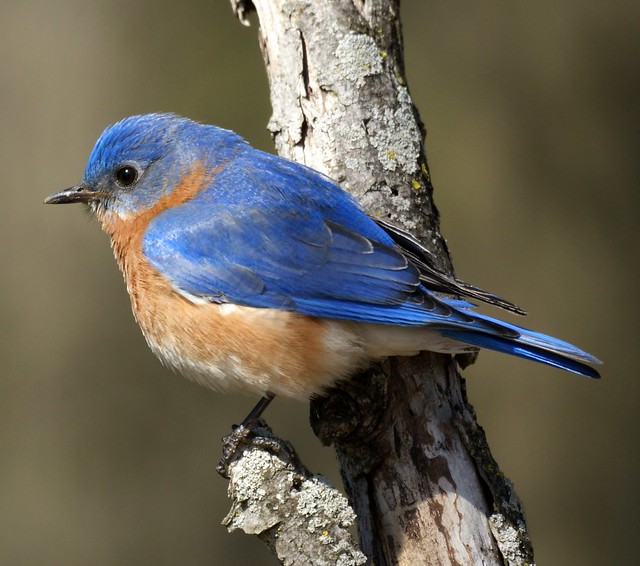 |
| African Grey Parrot - Psittacus erithacus - macro (Photo credit: Wikipedia) |
When you invite an African Grey parrot to share your home, you are taking on a long-term responsibility to provide a good diet for that parrot for 50 years or more. Many owners fail to do this, even for a few months. Believing that bird seed is enough, they purchase a large bag of mixed seed, and feed their African Grey. Seeds are cheap, so bird food companies push them.
African Grey parrots' food must not be only seed, however. Such an incomplete, imbalanced diet is likely to cause illness. Seeds are high in fat and carbohydrates, and your African Grey will probably pick out its favorite seeds, making the diet even less balanced.
Most parrot experts agree that an African Grey parrots' food needs can only be met with a formula diet supplemented with a variety of other foods.
Organic Pellets
What is a formula diet for an African Grey? Organic pellets. I say "organic" pellets because many of the conventional pellets have unhealthy ingredients. Some have even been noted as containing potentially toxic ingredients.
African Grey parrots' food should never contain menadione. If the pellets you are considering for your African Grey list menadione as an ingredient, read on. The FDA requires a warning on every bag of food that contains it. That warning must read, "Person who handles needs to wear protective outfit, gloves, mask, and glasses."
Menadione may be added to give your African Grey additional vitamin K. A better option is to provide full-spectrum light for your parrot. An African Grey will get vitamin K from the light, just as it would if living outdoors.
Organic pellets also let your African Grey avoid the high quantities of sugar in colored pellets. Most African Grey parrot owners care enough about the bird in which they've invested so much money, that they don't want to give it a diet that is high in sugar.
African Grey parrots' food that is based on organic pellets will be free of contaminants that might be found in other pellets. In the U.S., government regulations force companies making organic parrot food not to use pesticides or other contaminants.
In addition to a basic, formulated pellet food, African Greys need many of the same food you eat.
1. Fresh vegetables: Offer your African Grey a wide variety of vegetables, raw or cooked. Think bright, deep colors for the most nutrition. Most vegetables that offer high nutrition to you and your family will be good for your parrot as well. Cooked legumes such as beans and lentils are good. Sprouted seeds are also good. Your African Grey will love them. To avoid contaminants such as pesticides, you may want to use organic vegetables for African Grey parrots' food.
2. Fresh fruits: In the wild, African Greys eat fruit freely. The trick is to keep your parrot from filling up on its favorite food and neglecting pellets and vegetables. As with vegetables, choose bright, rich colors in fruit for the most nutrition. Also, purchase organic if possible.
3. Other supplemental foods: African Grey parrots enjoy cooked eggs and small amounts of yogurt now and then. African Greys are more prone than some parrots to calcium deficiency, so you may leave the egg shell on the hard boiled egg, if you wish. You should not need to give your parrot calcium supplements if you are using a good organic pellet food. You may give a few seeds as a treat, but go easy on them.
No, Thank You
African Grey parrots' food dishes should never contain avocado, chocolate, or rhubarb. They should not contain any human junk foods or processed meats either. It should go without saying, but your African Grey should never be given anything containing caffeine or alcohol.
Water, Please
Remember, when thinking of your African Grey's dietary needs, that it should have fresh, clean water in its cage at all times.
Helpful Tip
For healthy African Greys, be sure you clean the food and water dishes every day. If your parrot decides on an impromptu bath, wait until it is done, wash the water dish, and give it a fresh supply of water.
An avid reader and researcher, Anna explores many parrot breeds and offers more information about African Grey Parrots and their care at http://www.parrots-of-the-world.com. If you are interested in learning about parrot food made at home, you won't want to miss the information Anna shares on that subject.
Article Source: EzineArticles
|





















